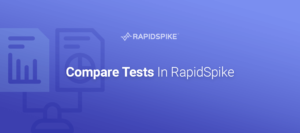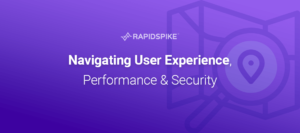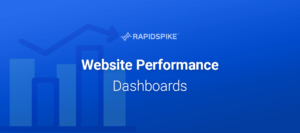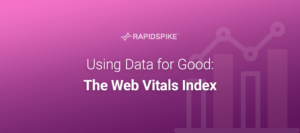Google recently announced a new ‘Badge of Shame’ for slow websites in Chrome to improve user experience. We explain what this new badge means for websites and provide some tips to help you speed up your site.
What is the ‘Badge of Shame’?
The plan is for Chrome to identify sites that load fast or slow and provide a badge or message for users. In Google Chrome’s blog, the Chrome Team explains; “Speed has been one of Chrome’s core principles since the beginning – we’re constantly working to give users an experience that is instant as they browse the web.” The aim of the badge is to encourage website owners to improve site speeds and therefore improve the digital experience of customers. This being said, the badge is expected to cause some embarrassment for companies who fail to keep up, therefore news reports have dubbed this the ‘Badge of Shame’.
Google are testing a variety of different site indicator badges that will appear on websites depending on speed. Some options include a splash screen as well as a colour-coded loading bar.
How it works
The badge system will identify site speed by looking at historical load latencies, with the expectation that this could be developed to include experiences based on device and network conditions. The team explains that their long-term goal is to “…define badging for high-quality experiences, which may include signals beyond just speed.” Therefore, wider performance-based criteria may also be analysed to establish appropriate badges. While the emphasis is on improving customer experience, Google have also said the badge is “rewarding sites delivering fast experiences”.
47% of customers expect a website to load in less than 2 seconds, however specific ‘slow’ or ‘fast’ load times have not been defined for the badge. Google have said, “We are being very mindful with our approach to setting the bar for what is considered a good user experience and hope to land on something that is practically achievable by all developers.”
Benefits
Although this system could be seen as punishing slow sites, it is in a company’s interest to improve their website speed and performance, and this system may be the encouragement companies need. Not only is speed important for good user experience, but site speed also plays a factor in the search ranking algorithm.
Additionally, fast sites are better for sales, statistics show:
- A 1 second delay in page response can result in a 7% reduction in conversions.
- 40% of people abandon a website that takes more than 3 seconds to load.
- If an e-commerce site is making $100,000 per day, a 1 second page delay could potentially cost you $2.5 million in lost sales every year.
- 79% of web shoppers who have trouble with web site performance say they won’t return to the site to buy again.
What can you do?
Here are our top tips for avoiding the ‘Badge of Shame’:
1. Find out your speed
One easy way to find out your page speed is with Google’s free PageSpeed Insights.
For a deeper understanding of why your site is slow, RapidSpike Page Performance tests check every single page element and measures the overall speed of the page. Real User Monitoring tests can also give you insights on how your site performs from your actual user’s perspective, gathering data on experiences from different geographic locations and devices. For more information on how to improve speed Google have a useful learning platform with some great walk-through advice.
2. Analyse and improve
Page Performance tests will show you which elements are slow-loading on your site, with a breakdown of what the timings were so you can make appropriate changes. Common problems include; large/poorly optimised images and files, design issues or slow servers.
Although third-parties can offer some great user experiences, they should be monitored very carefully. Not only do third-parties pose an increased threat of security issues, but they can also be very large, leading to a slow-loading site.
3. Get an expert’s opinion
Google Lighthouse is an open-source quality tool which tests a broad number of categories on your site including; Performance, Progressive Web App, Accessibility, Best Practices, and SEO. Once run, the audit returns a pass or fail with detailed information on how and where to improve. RapidSpike have added Google Lighthouse audits to our Page Performance Monitors to take the technical work out of setting up a test. You can find out more information about Google Lighthouse audits in our blog post.
Additionally, RapidSpike Insights tool gives you advice on how to improve your website. Insights measures your site against global baselines, best practices and years of testing expertise and discover how to improve, based on your monitoring data. RapidSpike will grade your website, explain why it’s important to fix each issue and tell you how to fix them.
Although it is unknown when Google will start implementing the ‘Badge of Shame’ it is best to be prepared by making changes to your site today. For more information on site speed, visit our blog for other related posts.






